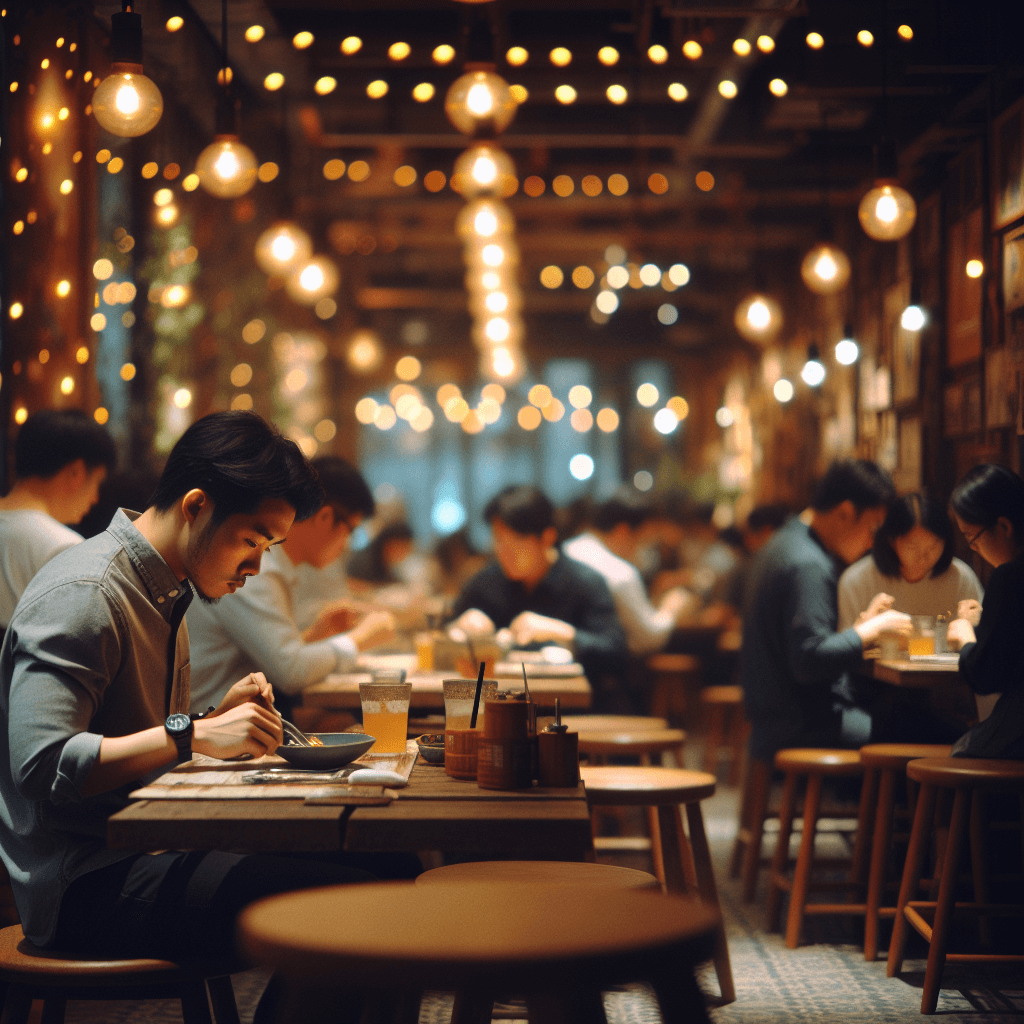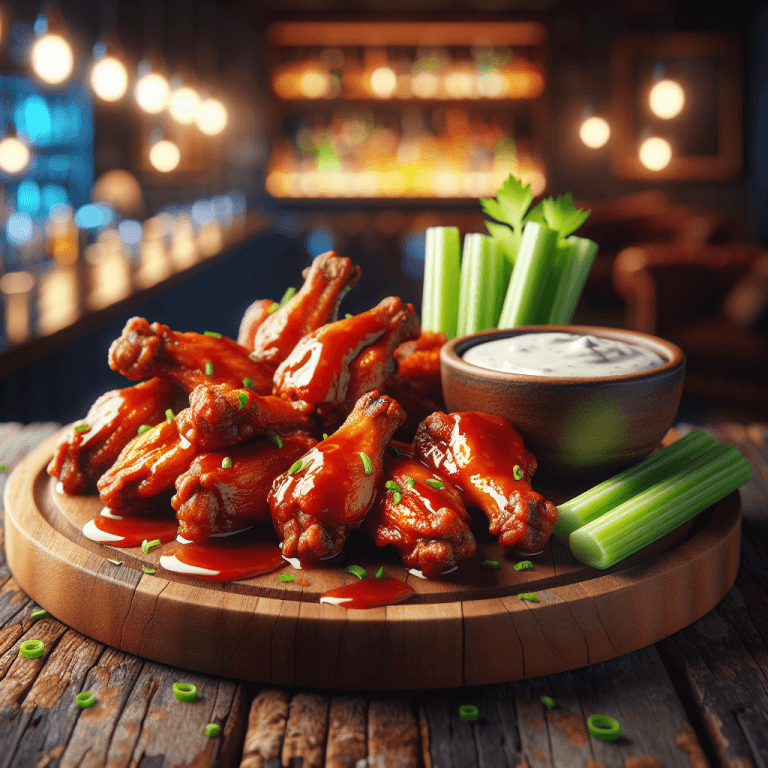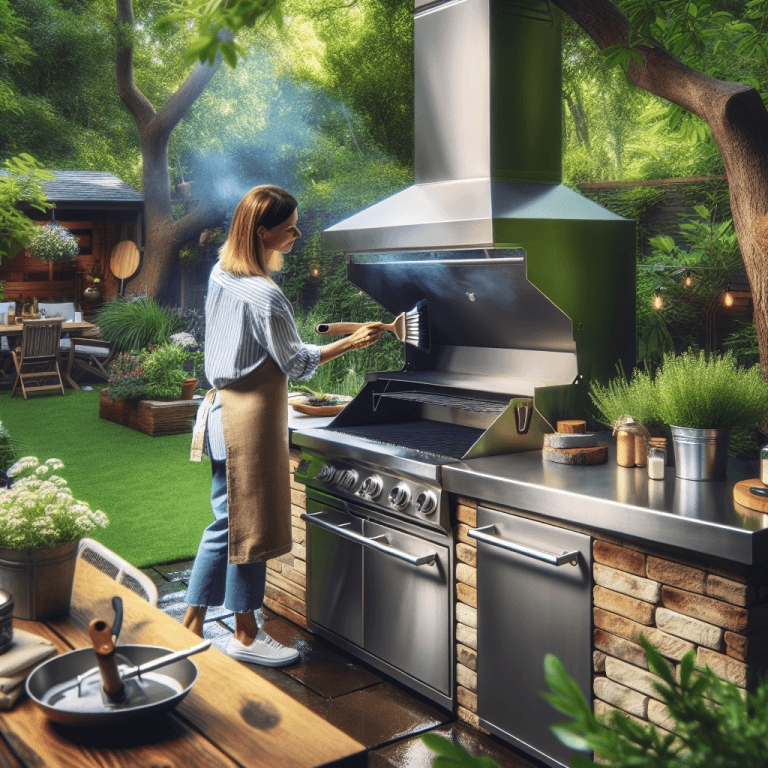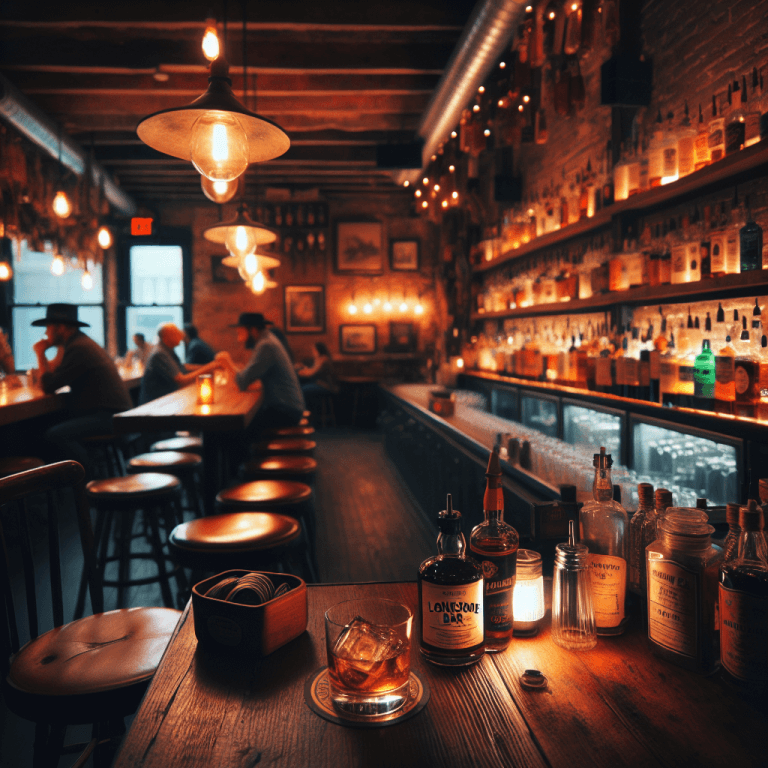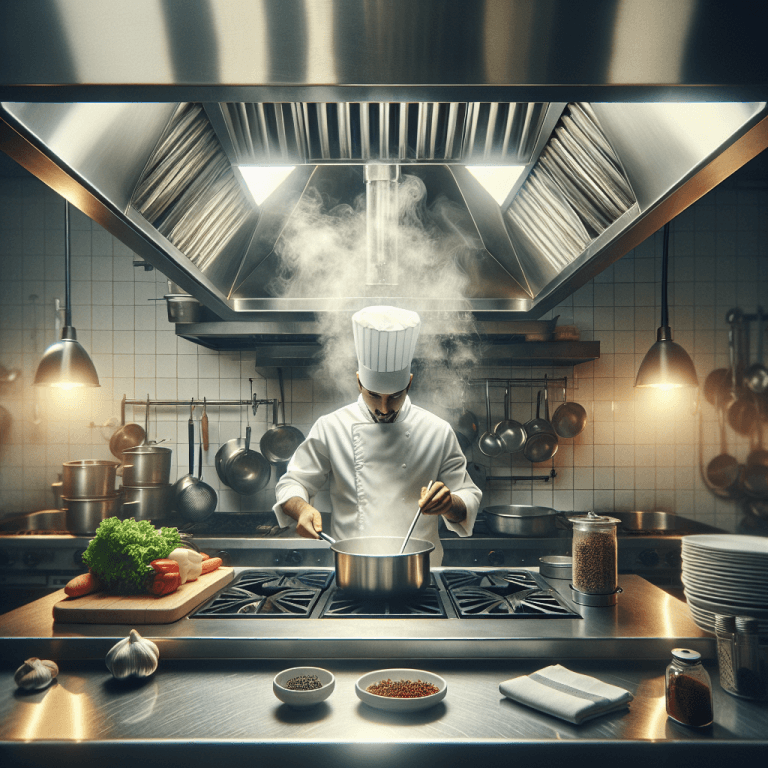Rising Trend: Dining Alone at Restaurants Becoming More Common
Introduction
Dining alone in restaurants is no longer a rarity reserved for those on business trips or the particularly introverted. With more and more people opting to enjoy a meal by themselves, it seems solo dining is soaring in popularity. But what exactly is driving this trend? In this article, we’ll delve into the reasons why dining alone is becoming increasingly common, the benefits it offers, and how the restaurant industry is adapting to these shifts.
Changing Social Norms
The Stigma is Fading
There was a time when dining alone attracted curious glances and whispers of “Why are they sitting by themselves?” Fortunately, those days are largely behind us. Societal norms are evolving and the stigma around solitary activities is diminishing. Today, people are more likely to see someone dining alone and think, **”Look at that person enjoying some quality ‘me time'”** rather than feel pity.
Empowerment and Independence
The modern lifestyle places a significant emphasis on **individualism and self-reliance**. Dining alone can be a form of empowerment. It’s an act that says, **”I am comfortable and confident in my own company”**. Whether it’s enjoying a meal in a quiet café or savoring a dish at a five-star restaurant, people are increasingly embracing their own company.
Technology’s Role
Smartphones and Tablets
Technology has played a significant role in making solo dining more attractive. **Smartphones and tablets** serve as digital companions, offering endless entertainment options from social media to e-books. With a device in hand, a solo diner has a world of information and interaction at their fingertips. This diminishes feelings of loneliness or awkwardness that were once associated with eating alone.
Food Delivery Apps and Social Media
Food delivery apps and social media have redefined how we think about eating alone. **Ordering-in** is no longer the only option when one finds themselves without a dining partner. Restaurants have adapted their services to cater to the solo diner, offering individual seating arrangements and even special menus. Social media platforms like Instagram have also made it socially acceptable to share one’s dining experiences, alone or otherwise.
Work and Lifestyle Factors
Remote Work and Flexible Hours
The rise of **remote work** and **flexible working hours** means that people are more likely to find themselves out and about at unconventional times. Whether it’s grabbing a bite between virtual meetings or enjoying lunch during an odd afternoon break, our changing work patterns have led to an increase in solo dining.
Travel for Business and Leisure
More professionals are traveling for work, and solo travel for leisure has also spiked. **Travelers** often find themselves dining alone in new cities, which has contributed to the normalization of solo meals. From business lunches to solo adventures, dining alone is part and parcel of the modern travel experience.
Psychological and Emotional Benefits
Me-Time and Mindfulness
Dining alone offers an opportunity to practice **mindfulness** and savor the present moment. Without the distractions of conversation, one can focus on the flavors, textures, and aromas of the meal. This can turn an ordinary lunch into a meditative experience.
Personal Growth
**Dining alone** can also encourage personal growth. It can be a challenge for some, pushing them out of their comfort zone. Over time, it builds confidence and encourages a sense of self-sufficiency. It’s an opportunity to reflect, plan, and recharge—essentially, a form of self-care.
Economic and Logistical Benefits
Efficiency and Convenience
Solo dining is often more efficient. Whether it’s a quick meal between errands or a short lunch break, dining alone allows for **complete control over timing and pace**. There are no needs to synchronize with another person’s schedule or preferences, making it a convenient option for a busy lifestyle.
Better Resource Allocation
Restaurants can also benefit from catering to solo diners. Smaller tables and single-seating arrangements can optimize space and contribute to a higher turnover rate. Plus, solo diners often appreciate faster service, meaning restaurants can serve more customers in less time.
The Restaurant Industry’s Response
Menu Adjustments
Recognizing the rise in solo diners, many restaurants are adapting their menus to offer **smaller, more individual portions**. Some have introduced tasting menus or “set lunches” tailored for one, making it easier and more enticing for solo patrons to enjoy a full dining experience without a hefty bill.
Seating and Ambiance
Restaurants are also reconsidering their seating arrangements to make solo diners feel more comfortable. **Counter seating** and bar areas have become popular choices for solo diners, offering a sense of community without the pressure of conversation. Additionally, some establishments are designing cozy, intimate corners perfect for a one-person meal.
Closing Thoughts
Dining alone is a burgeoning trend largely driven by changing social norms, advancements in technology, and shifting work and lifestyle patterns. It’s not just about necessity; it’s an empowering choice that people are increasingly making for the myriad benefits it offers.
Whether you’re dining solo by necessity or choice, the restaurant industry is keenly aware of this growing demographic and is adapting accordingly. So, the next time you find yourself with an hour to spare and a craving for something delicious, remember that **there’s no shame in savoring a meal alone**.
If you’re a restaurant owner or manager, optimizing your kitchen environment is crucial. Make sure to check out restaurant hood cleaning services to keep your establishment in top shape. After all, a clean kitchen is a happy kitchen!

